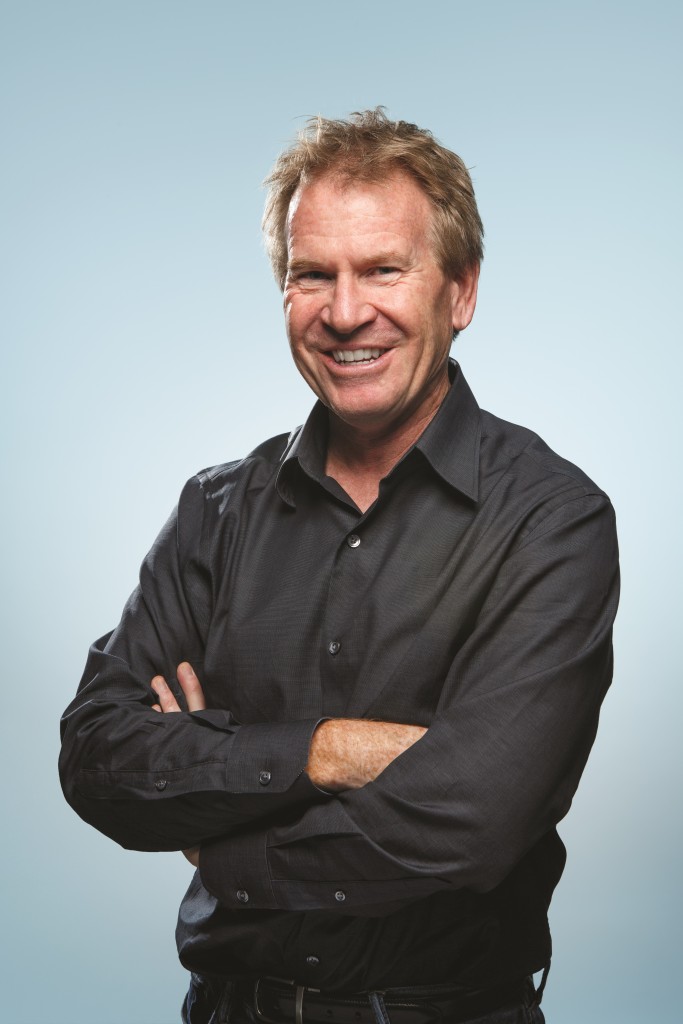Thanks to an assist from the U.S. Supreme Court, more than $1.1 billion is expected to flow to college athletes during the current sophomore year of the “Name, Image, Likeness” (NIL) revolution.
Wait: Make that $1.1 billion plus another $13.
The extra dollars went to Duante Davis, a Colorado State University football player newly enriched by my personal VISA card. You’re welcome, friend.
I came across Davis’ name within a sprawling digital landscape maintained by Opendorse, a Nebraska company that’s one of the big players in the NIL arena. Scanning a homepage jammed with names of colleges, I drilled down to a smallish rectangle sporting the familiar CSU logo (I’m a proud alum, so…). There, I found hundreds of student-athletes willing to spread a little NIL love, for a fee.
READ: Navigating Sports Politics as College Football Evolves — CU Buffs Aim High
Opendorse and a handful of like-minded rivals resemble dating sites like Match.com — except they’re for athletes and fans, not aspiring romantics. In my case, what I selected and received a few days later was a personalized, five-second video suitable for showing off both to friends and unwitting strangers. (“Guys! A CSU defensive back knows my name!”)
“Shoutouts” like this are among the handful of offerings advertised by Opendorse. With an athlete’s agreement, you can receive a personalized social media post, request an autograph, book an athlete to appear at an event, or negotiate a “pitch anything” deal. The proceeds are split: For my order, $13 went to Davis, and $4.33 went for a “marketplace fee,” a fancy way of describing a commission.
Thirteen dollars is a trifle, of course, in a billion-dollar marketplace that’s populated with high-profile “influencers” who have hit the jackpot. Examples include the likes of Leah Clapper, a University of Florida gymnast who has appeared in TV commercials for the yogurt brand Yasso; and Bijan Robinson, a highly touted recruit for the University of Texas who has reportedly surpassed $1.7 million in NIL earnings. (Parents: Keep that youth sports flame burning.)
These individuals are the headliners. More common are small-money deals like the one I made with Davis, a Poudre High School graduate who redshirted last year for the Rams. Most start in the sub-$20 range for a brief video message, although players who have risen to the big time charge more. A shoutout from Shaq Barrett, the former CSU lineman who played this past season for the NFL’s Buccaneers, will cost you $1,000.
Other lower-end NIL endorsement models are out there, too. At University of Denver, a business student named Carlos Fuentes is working with a handful of DU athletes to broker NIL arrangements with merchants like Saucy’s Southern BBQ & Cuisine on South University Boulevard. In exchange for mentioning the restaurant on Instagram and other social media platforms, a trio of guards for the DU men’s basketball team — Ben Bowen, Tommy Bruner and Tevin Smith — get something almost every college student aspires to: the occasional platter of smoked ribs, on the house.
READ: Live from Colorado — The Future of Sports Betting
In-kind deals like the Saucy’s alliance and a separate arrangement Fuentes has brokered between a DU athlete and a local clothing company are door-opening preludes to cash deals that Fuentes hopes will follow. “I’m starting small,” Fuentes told me.
Fuentes, a walk-on guard for the Pioneers men’s basketball team, is studying marketing and business analytics. He sees the combination of social media presence and the NIL ecosystem opening up new possibilities for athletes in the metro area and beyond. While it’s not exactly Scott Boras territory just yet, what he’s doing is emblematic of the widening playing field for athletes who used to be blocked from cashing in at any level.
Colorado is among the 32 states (through January) that have passed laws empowering student-athletes to make money via NIL dealmaking. These authorizations happened more or less in synch with the June 2021 U.S. Supreme Court decision that found decades-old NCAA restrictions violated U.S. antitrust law. Since the NCAA adopted interim NIL rules in the wake of the ruling, the floodgates have opened, with spending believed likely to crest the $1 billion mark in the second year (June 2022 to June 2023) of NIL activity.
Not everybody loves the new reality. To some critics, NIL is little more than a wink-wink sanitizing of backdoor payoffs from title-hungry alums. That almost surely happens — donors gotta donate — but the cynicism may be overstated. Opendorse calculates that only 15% of spending in the first year of NIL activity came from donors, while 74%, came from brand deals.
Regardless of the source, the more common application is what I test-drove with my new CSU acquaintance Duante Davis: small-dollar deals, not life-changing injections of cash. Opendorse says the average Division I NIL participant earned about $3,000 in the first year of accepting NIL money, with Division II athletes netting $328.
But it’s the policy, not the price, that matters. In his concurring 2021 opinion, Justice Brett Kavanaugh pointed reverently to the grand traditions of college sports — game days in South Bend, Indiana (Notre Dame football), packed gyms in Durham and North Carolina (Duke University basketball). But tradition alone, Kavanaugh wrote, “cannot justify the NCAA’s decision to build a massive money-raising enterprise on the backs of student-athletes who are not fairly compensated.” It’s the word “massive” that carries the weight here. With more than $1 billion now flowing across the NIL transom, the $17.33 I spent on a personalized video greeting is starting to look like a bargain.
 Stewart Schley writes about sports, media and technology from Denver. Read this and Schley’s past columns on the Web at cobizmag.com and email him at [email protected]
Stewart Schley writes about sports, media and technology from Denver. Read this and Schley’s past columns on the Web at cobizmag.com and email him at [email protected]
